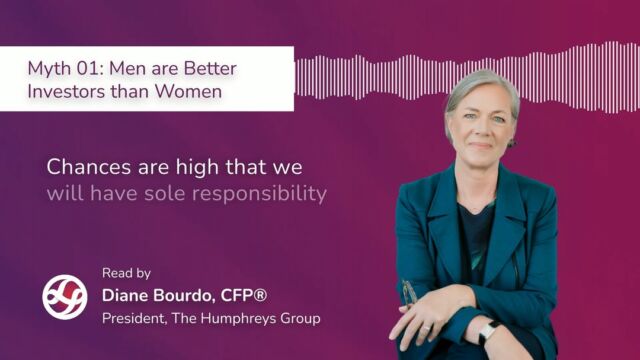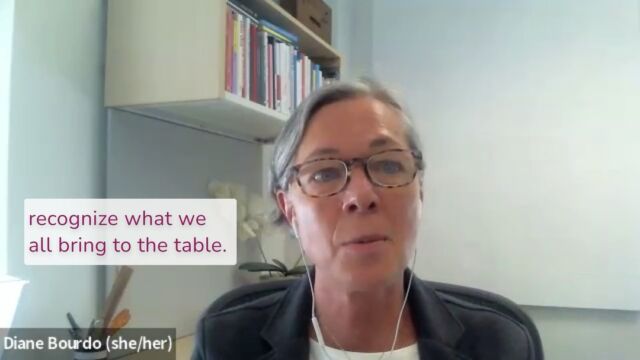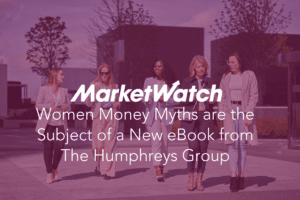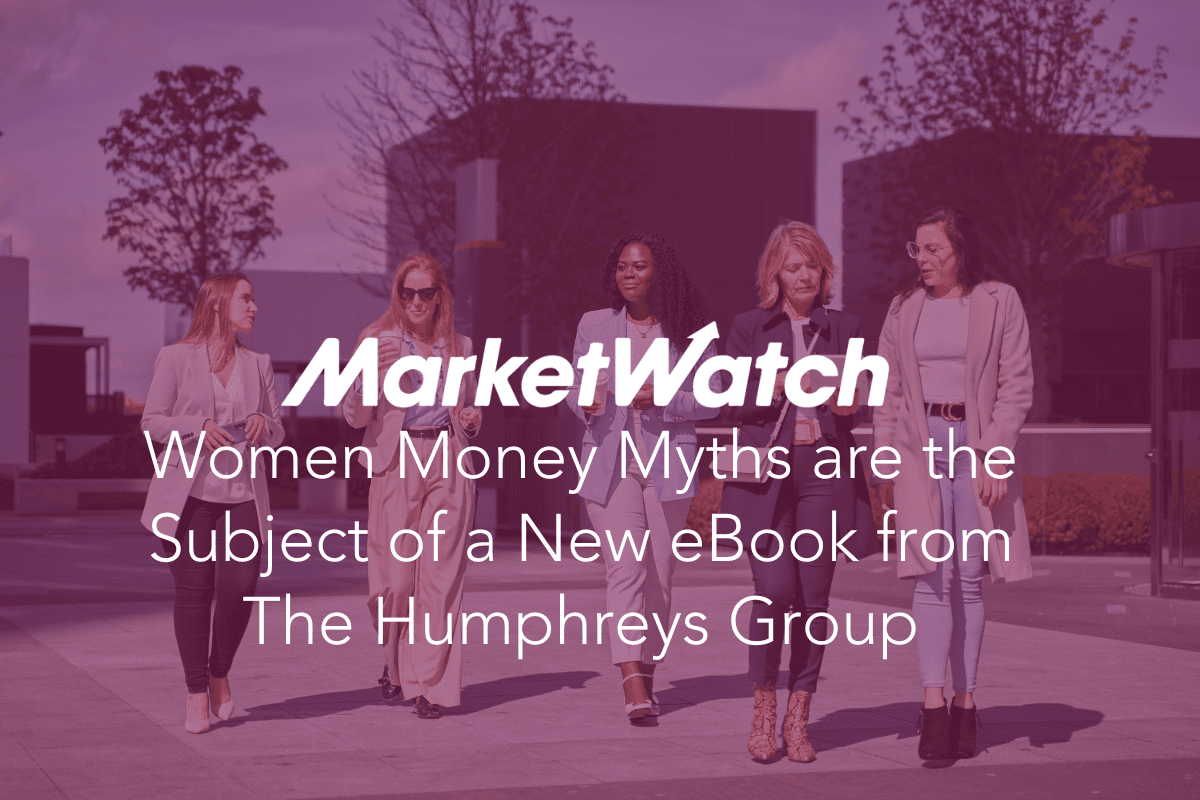Every woman deserves to embark on her retirement journey with confidence, knowing she has the financial resources to create the future she envisions. As we plan for our “freedom” years, it’s essential to explore investment strategies that can make a real difference in our retirement outcomes. One such strategy? Core equity investing. In this blog, we will explore how targeting size, value, and profitability when investing in stocks can help you to achieve your long-term financial goals with greater confidence and certainty.
The Power of Core Equity Investing
Core equity investing involves creating low-cost, broadly diversified equity (stock) portfolios with a focus on size, value, and profitability premiums. The research shows that these premiums offer “higher expected returns” – meaning, the potential for higher returns compared to traditional market portfolios. Looking at average annualized returns going back decades, small-cap stocks have beaten large caps, value has outperformed growth, and high-profitability stocks have outgained low-profitability stocks.
Let’s look at how this plays out for investors. Sarah and Emily are both diligently saving for their retirement. Sarah decides to follow a conventional target date glide path, contributing to her retirement account from the age of 25 to 65. Her investment strategy involves gradually shifting her assets from being heavily invested in equities during her younger years to a 50/50 mix of stocks and bonds by the time she turns 65.
On the other hand, Emily also starts contributing to her retirement account at age 25 but chooses a different approach. She embraces core equity investing, building a low-cost, broadly diversified equity portfolio.
As time passes and they both work towards their retirement goals, the results begin to show significant differences. When they each reach 65, Sarah’s conventional market portfolio has served her well, but Emily’s core equity portfolio has brought her even greater rewards. Thanks to the emphasis on size, value, and profitability, Emily typically has 15%–20% more assets in her retirement account compared to Sarah’s market-focused portfolio.
While both Sarah and Emily have taken proactive steps towards their retirement, Emily’s decision to embrace core equity investing has given her a competitive edge in achieving her long-term financial goals. This example showcases the power of core equity investing and how it can make a significant difference in a woman’s financial future.
The Retirement Phase: Sustaining Financial Security
Even better, the benefits of core equity investing do not end with retirement; they continue to impact your financial well-being during your golden years.
Based on the above example, let’s say both Sarah and Emily retire with a balanced 50/50 split of stocks and bonds, drawing a fixed amount each year from their retirement accounts. If future stock returns follow historical patterns, the likelihood of failure with either portfolio is low. However, the core equity portfolio still outperforms the market-focused portfolio, resulting in a higher average bequest—a testament to the power of core equity investing.
But let’s explore an even more remarkable aspect of their retirement outcomes. When future stock returns are lower than historical trends, failure rates increase for both Sarah and Emily. However, the core equity approach proves its resilience, as it significantly reduces the average failure rate from 20% to an impressive 13%.
On the other hand, sticking solely to a market index strategy exposes investors to the risk of running out of assets early, increasing the chance of this undesirable outcome by 7 percentage points—to nearly 54%.
Balancing Risk and Reward
Naturally, reaping the rewards of core equity investing may involve some tracking error compared to market indexing, which seeks to avoid such discrepancies entirely. Still, new research from Dimensional Fund Advisors suggests that steering clear of tracking error might not be the best course of action after all. In fact, the study reveals that market indexing could lead to initial retirement assets that are 15% lower on average than the core equity approach.
While no investment strategy can completely eliminate risk, core equity investing offers a robust and practical solution that can help women build a stronger financial future. By targeting size, value, and profitability premiums, we can increase our expected returns and improve our financial outcomes during retirement.
Reach out to The Humphreys Group – we’d love to continue the conversation!























